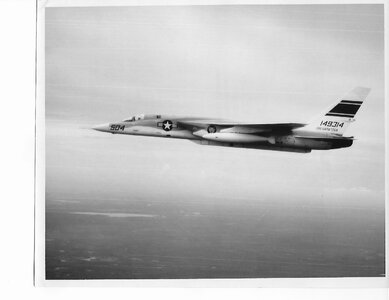Na tentativa de amenizar os efeitos colaterais do tratamento de quimioterapia , comecei a fabricar artesanalmente itens para modelismo naval, a pratica do artesanato em modelismo naval de madeira, tem sido de suma importância na retomada das minhas atividades
Acompanhando postagens de fotos e desenhos de modelismo naval na WEB, construi a silhueta de um schonner e tempos depois , projetei e construi um cross section, aoi qual batizei de VOX DEI (VOZ DE DEUS)
No presente momento estou trabalhando na confecção de todos os itens necessários para construção do Baleiro ESSEX, conforme fotos .
Não tenho acesso a KITs para construir meus modelo navais, utilizo-me somente de fotos e desenhos que são postados na
WEB.
google translation:
In an attempt to alleviate the side effects of chemotherapy treatment, I started to craft items for naval modeling, the practice of craft in wooden naval modeling, has been of paramount importance in resuming my activities
Accompanying postings of photos and drawings of naval models on the WEB, I built the silhouette of a schonner and later, I designed and built a cross section, which I named VOX DEI (VOICE OF GOD)
At the moment I am working on making all the items necessary for the construction of the ESSEX Baleiro, as shown in the photos.
I don't have access to KITs to build my naval models, I only use photos and drawings that are posted on
WEB.
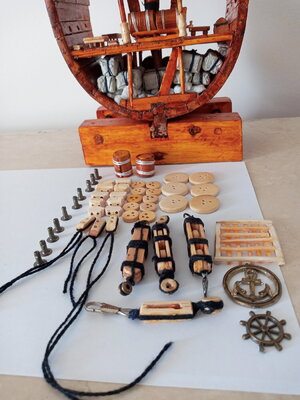
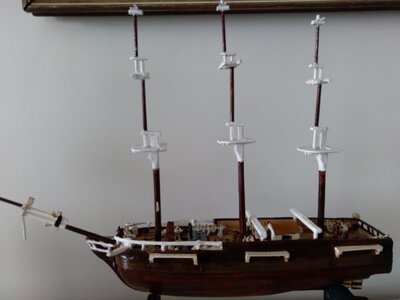
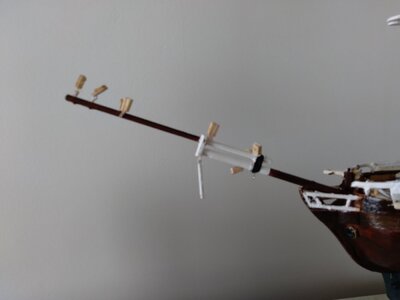
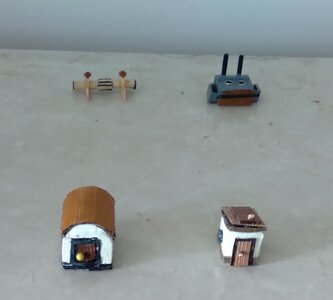
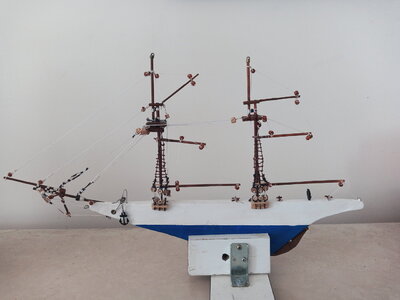
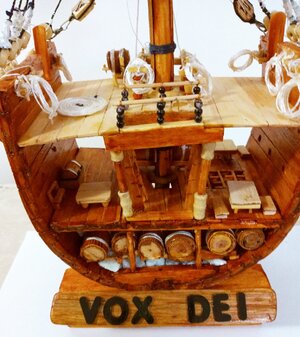
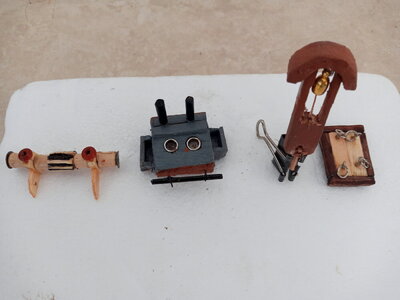
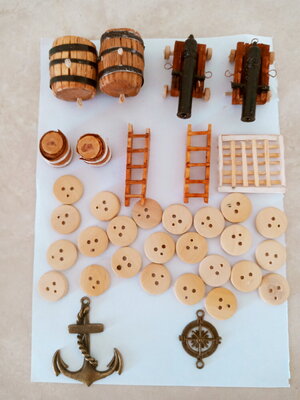
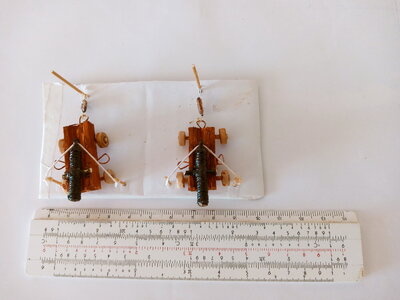
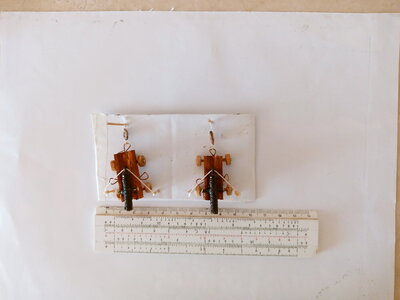


cs.finescale.com





